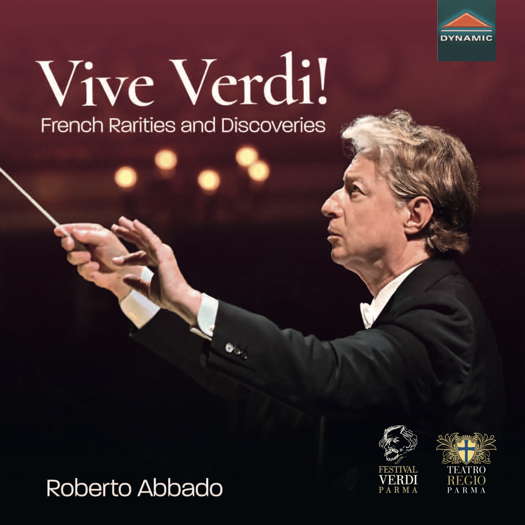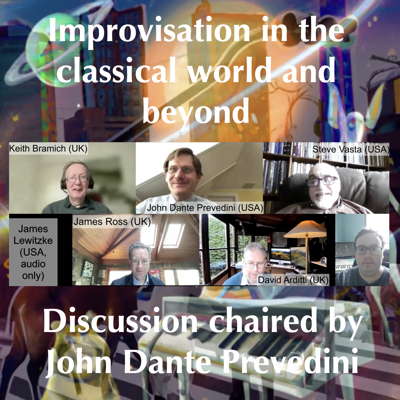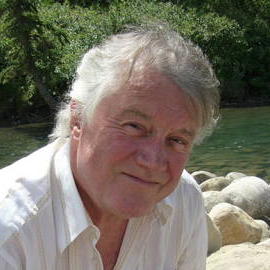- Marián Varga
- Hovhaness
- Stainer
- Duckworth Books
- Adonis Lau
- Lloyd's Choir
- Curtis Symphony Orchestra
- Derek Gripper

Vive Verdi! - French Rarities and Discoveries
CDS7941 (Dynamic Srl, CD)
DDD
FIRST RELEASE (18 November 2022)
Playing time: 67'59"
Tracks: 7
Booklet pages: 24
℗ 2022 Dynamic Srl
© 2022 Dynamic Srl
Main country of recording: Italy
Reviewer: Gerald Fenech
Review of Vive Verdi! - French Rarities and Discoveries published on 22 December 2022
Francesco Maria Parazzoli, cello (track 2)
Ludovic Tézier (Macbeth) (tracks 3-6)
Jacobo Ochoa (Première fantôme) (tracks 3-6)
Pietro Bolognini (Seconde fantôme) (tracks 3-6)
Pilar Mezzadri Corona (Troisième fantôme) (tracks 3-6)
Coro del Teatro Regio di Parma (tracks 1-6)
Chorus Master: Martino Faggiani, chorus master (tracks 1-6)
Orchestra del Teatro Comunale di Bologna (tracks 1-2 and 7)
Filarmonica Arturo Toscanini (tracks 3-6)
Roberto Abbado, conductor
Giuseppe Verdi:
Nabuchodonosor
1 Acte Troisième - Troisième Tableau - Scène première Comme le Dieu Bel, notre grande reine
2 Acte Troisième - Troisième Tableau - Scène première - Divertissement* Passo a 3. Pas d’Ensemble
Macbeth
3 Acte Troisième - Chœur et Scène des Apparitions.
Interrogeons le sort pour la dernière fois
4 Acte Troisième - Chœur des Sylphes et Danse. Sylphes légers, enfants des eaux
5 Acte Quatrième - Scène et Air.
Aux Anglais le traître contre moi - Honneurs, respect, tendresse
6 Acte Quatrième - Introduction et Chœur. Ô patrie ! Ô noble terre
Le Trouvère
7 Acte Troisième - Scène première - Divertissement
Pas des Bohémiens - Gitanilla - Ensemble - Sevillana - La Bohémienne - Galop
The premiere of Nabucco at La Scala, Milan in 1842 was a huge success for Verdi and soon led to foreign performances of the work. For its appearance in Brussels under the name Nabuchodonosor Verdi fashioned an orchestral Divertissement which was inserted into Act III; the composer's score of this, performed here, has only very recently been rediscovered. Macbeth is one of his psychologically penetrating masterpieces and for its Parisian staging in 1865 it underwent considerable revision, notably to make its dramatic development more incisive. When Il trovatore was performed in Paris as Le Trouvère, Verdi added lively local colour as new additions to the score.



